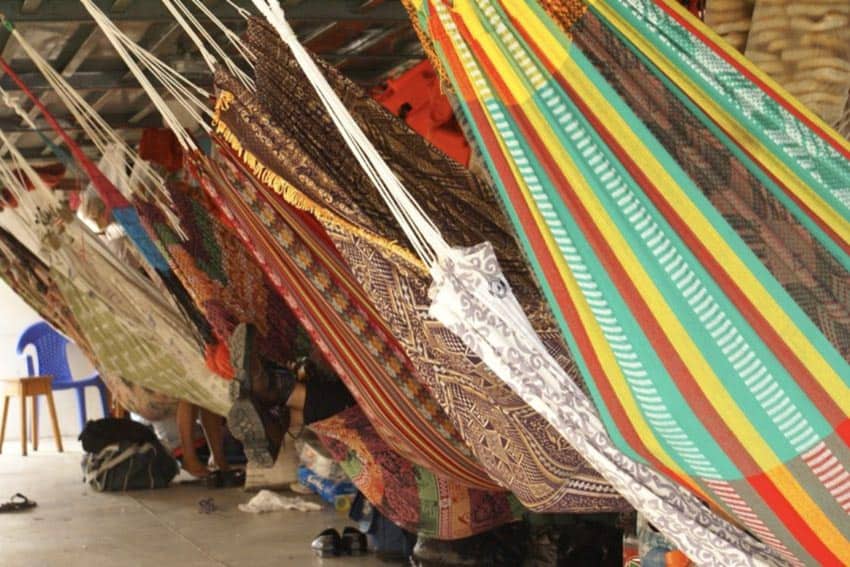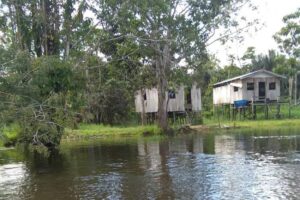
A Young Explorer’s Expedition to the Amazon, Pangaea Expedition
By Shaya Laughlin
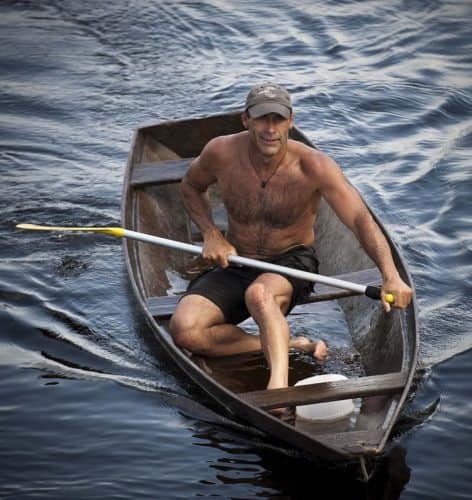
It was on a hot and humid day that I arrived at the starting point of an expedition that would change my life forever.
Standing in the bustling metropolis of Manaus, after several long-haul flights, it was surreal to finally be reunited with my nine fellow young explorers. From hundreds of applications internationally, 18 of us were sent to a selection camp in Switzerland last month where the final team of 10 was selected.
After months of hard work, I was proud to be part of the team that would join the famous explorer Mike Horn on the 11th Pangaea expedition. To finally set foot on the 32-meter sailboat that first day was a dream come true!
Agroforestry and Forest Management
Our plan for the expedition was to travel to a biological reserve in the heart of the Amazon, take part in agroforestry and forest management activities, tree planting and present our water project to local communities and schools throughout the reserve.
All this through an adventure-packed expedition! At 17 years old what can you want more?
The next day we set sail! Direction up the Rio Negro! What an amazing feeling to sail away as the wind brushes our hair while our hearts pound with excitement at what is yet to come. Our first stop was in Novo Airao at the Nova’Arte center. It is run by a foundation that gives the locals an opportunity to master the skill of handcraft instead of working in fields that harm the environment like some forms of fishing and agriculture.
Crafting Scrap wood into Sculpture
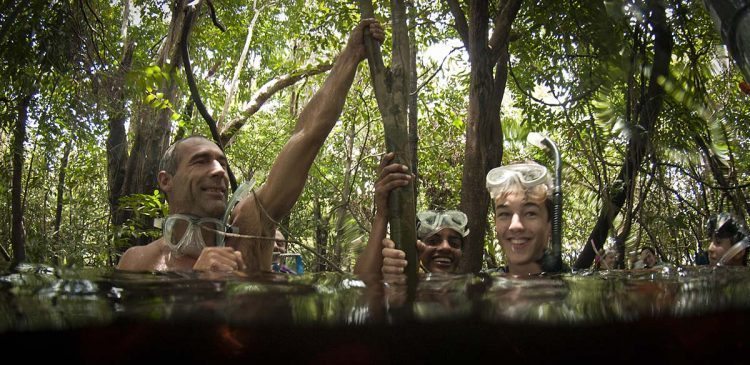
The foundation collects scrap wood and keeps it to be crafted into various animal sculptures and other products. This alternative solution allows them to make money from tourism, support their families and at the same time have a positive impact on the environment.
It is through that center that we met local young people that are actively doing their best to conserve the environment in their community. It was really exciting to meet them!
They presented their project and talked about their goals and hopes for the future. I was really impressed by their motivation and the connection between them that formed a great group of caring and passionate teenagers.
Even through a language barrier, we were bonded with them through our aim to conserve our planet for future generations. To meet people halfway around the world that also cared about nature gives me hope, it is great to know we are all working towards a common goal!
After having spent some time in the village, we left for our first jungle trek. It was amazing to be walking through what seemed like a green paradise. After a short hike that served as our warm-up to the upcoming jungle treks, we set camp. Mike taught us how to place and tie our hammocks so that it stays firm and to keep the ants away. After a few trials and errors, I was proud to finally see my hammock hanging from two trees.
Sleeping in the Jungle
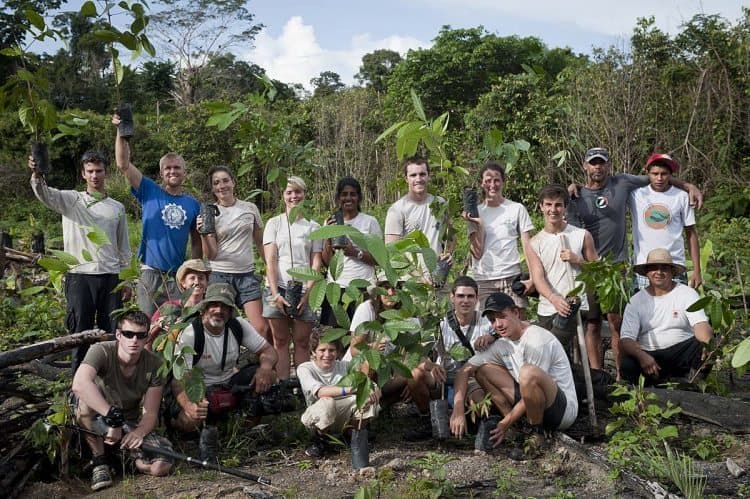
Have you ever slept in a jungle, in your own hammock, where nearly all of the surrounding animals are completely unknown to you? That’s exactly what we did.
After making a fire and sharpening a stick, we grilled our sausages and talked around the fire before heading off to our own little personal headquarters for the night. What an experience it was to fall asleep with magical sounds of the rainforest and wake up to a stray of light breaking through the thick jungle.
The next day we anchored at Velho Airon. The story goes that when wealthy Spanish and Portuguese people moved into the village, ants invaded which forced the people to leave the place in ruins. Today the area is a feast to the eyes! Nature has completely taken over.
Trees have twisted themselves through the buildings, roots are emerging from the ground, plants are hugging the walls, and a huge range of colorful insects and bugs have made themselves at home. Mother Nature has taken over.
Another Community
That afternoon we stopped at another community. Throughout our trip, each time we come across a community on the river bank, we always stopped to see if they needed anything (first aid kits, water filters or just to say hello). It was always great to learn about their lifestyle.
To this community, we had an opportunity to gift them soccer balls, stationary and first aid kits. It was amazing to see how something as small as a pencil can bring so much happiness to a child, but the highlight had to be playing soccer with the children. Running around in their oversized shirts, coated in mud and completely fearless, the children just gave it their all! One look at their beaming faces and you can’t help but smile too.
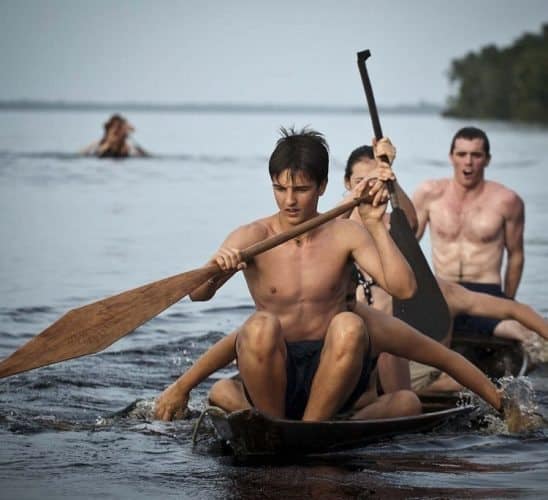
On day 9 we yet again stopped at a small village to buy some pirogues. I was very surprised by how hard it is to buy a pirogue! After several hours of discussion with the local people and heavy bargaining for aged pirogues, we stopped to reassess the situation.
It is only then that we realized the villagers only live with the essentials; if they need one pirogue, they only have one, therefore no one wanted to sell the fishing tool that served them so well.
After an unsuccessful afternoon of pirogue hunting, we set sail once again to navigate up the narrow channels. It is on the expedition that I learned to feel a boat and navigate.
On the Rio Negro, you really have to watch the currents, the depth, spots of rough water and rivers within rivers. It was great to be trusted with such responsibilities, it really made me grow.
Buying Pirogues
For the story, we were finally able to buy pirogues in a village upstream. Mike Horn used them to teach us how to row effectively. At the same time, he also showed us survival skills that he learned when he swam down the Amazon. For me, it was a really nice experience to learn how to catch my own food with a fishing line instead of going to a supermarket as per usual at home. It gave me a new perspective on things I usually take for granted back home in Australia.
The following day officially marked our halfway point in our expedition. We stopped in Santa Isabel in the hope to visit the Yanomami tribe. Santa Isabel is home to many of these indigenous people. Apparently the children are taught to hunt from the moment they are able to hold a bow and arrow.
Many of these tribes have barely had contact with modern civilization; nature plays an integral part in their existence. Since they do not like too much contact with the outside world they declined our offer to visit them, a wish we respected.
That evening, once again we were spoiled with a magnificent sunset on the Rio Negro as we set the direction of Belem! Every single night aboard the Pangaea is an unforgettable experience. I slept in places I had never dreamed of sleeping. From the sail bag to the bow under the stars, every night lets you drift off into a profound magical sleep surrounded by dark water and jungle; that is when sleep finally hits you because this expedition is way better than any wild dream and everyone fights hard to stay awake in order to experience every minute to the fullest.
Up for Late Watch
This morning, however, was slightly different, as this night had set place to our first watches. Waking up at 3:30 am in the complete darkness of the Rio Negro is unreal. Surprisingly, you find yourself wanting to wake up and learn all about the radars, barometers and the rest of the tools that make Pangaea advance smoothly downstream. After a few hours of sleep after the watches, it was back to sailing.
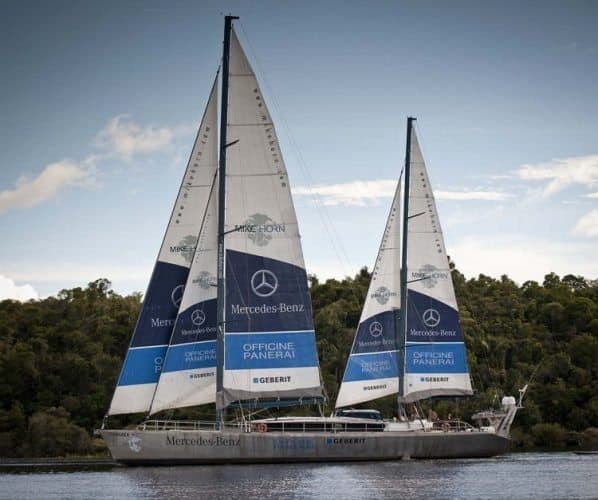
When Mike Horn wants a sail hoisted, he wants it done fast! When we hear “hoist the mainsail” the boat scatters into a buzz of excitement as we progressively see the mainsail get closer to the top with our efforts.
One of the most important things we have learned through sailing is precision. Any uncalculated movement could lead to damage to the boat. It is through teamwork that we achieve this precision and it is always with a sense of achievement that we proudly see this enormous sail blow with the wind. Rapidly our boat became alive.
It was a remarkable sight when we arrived at the crossing point of the Rio Negro and the Amazon. The water from the two different rivers does not mix, which results in a definite line of different colors. The black Rio Negro meets the brown Amazon….cool!
As we began sailing down the mighty Amazon River we could see a difference in the density of the forest compared to that surrounding the Rio Negro.
We planted Guarana trees on land that had been previously been logged. These trees will be used to produce several consumables and produce income for the locals, without them having to cut down more of their forest. Between these trees, we planted various native trees such as rubber and fruit trees, which further contribute to a sustainable source of income for the local people.
Working in Teams
The next few days were spent navigating where were trusted to work in teams to navigate the boat around floating grass, submerged logs and sandbanks as we covered huge miles on route to Belem. We also got a chance to spend some time together, taking the opportunity to learn about different cultures and backgrounds.
We spend the last night in the jungle which marked the end of our expedition. Three weeks on Pangaea, with Mike Horn, the team and my fellow young explorers have taught me so much about nature, people and surprisingly myself. Being on the Pangaea is a magical experience that shows you the beauty of the world through a new pair of eyes.
It feels as though my parents gave me wings but it is only on the expedition that I finally 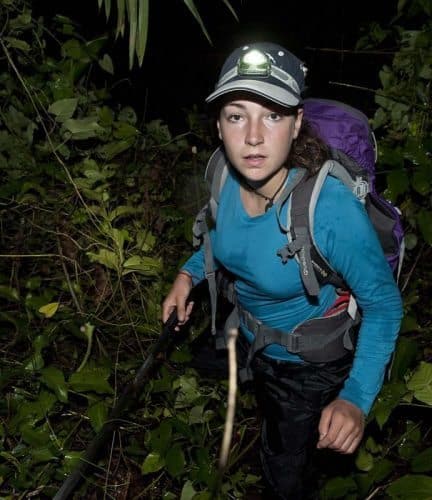 learned to fly. Pangaea is a global phenomenon that is taking on the world by storm, I am proud to be part of the family as we take big steps towards ensuring our planet can be respected and appreciated by all future generations and I look forward to initiating my own projects in Australia.
learned to fly. Pangaea is a global phenomenon that is taking on the world by storm, I am proud to be part of the family as we take big steps towards ensuring our planet can be respected and appreciated by all future generations and I look forward to initiating my own projects in Australia.
Shaya Laughlin was 17 in 2012 when she took this amazing journey. She now lives in Cairns, Australia. Find out more about these journeys at MikeHorn.com.
- These 9 U.S. National Parks Require Reservations in 2024 - April 17, 2024
- Take a Hike in Olympic National Park - April 17, 2024
- The Wild Mississippi: 2340 Miles Across Ten States - April 8, 2024


